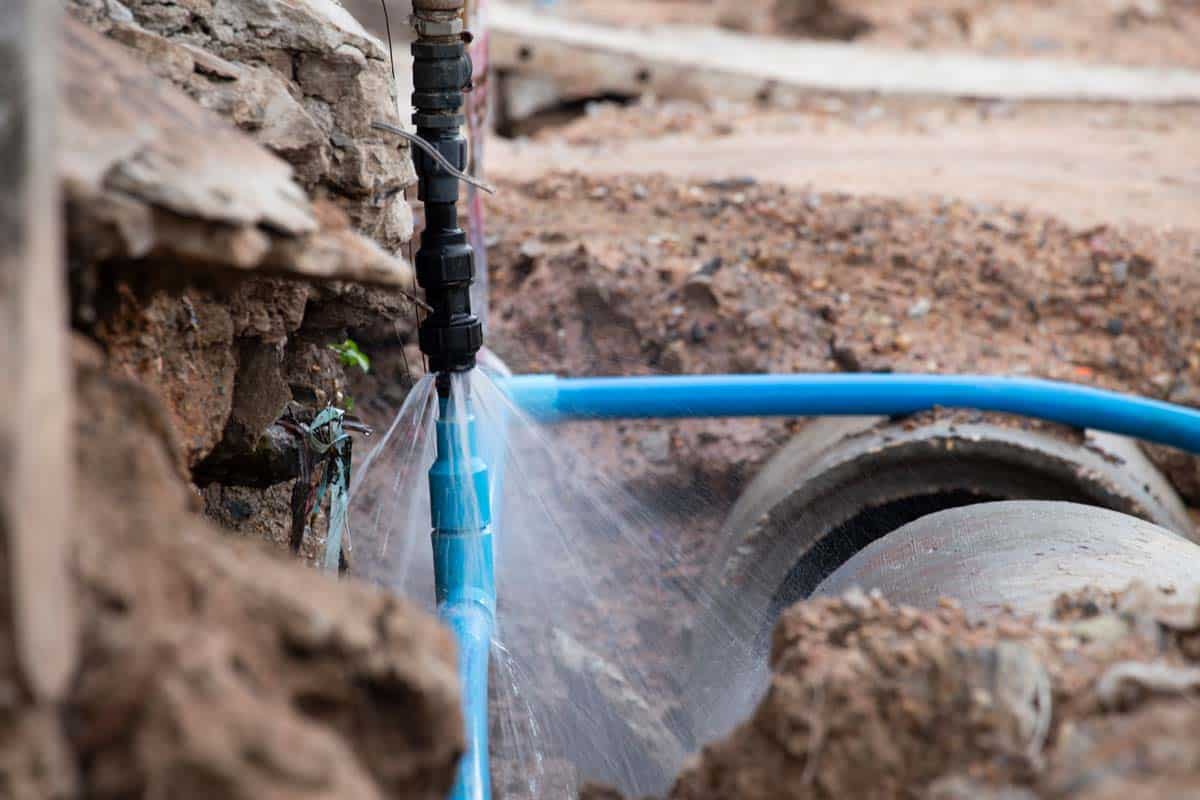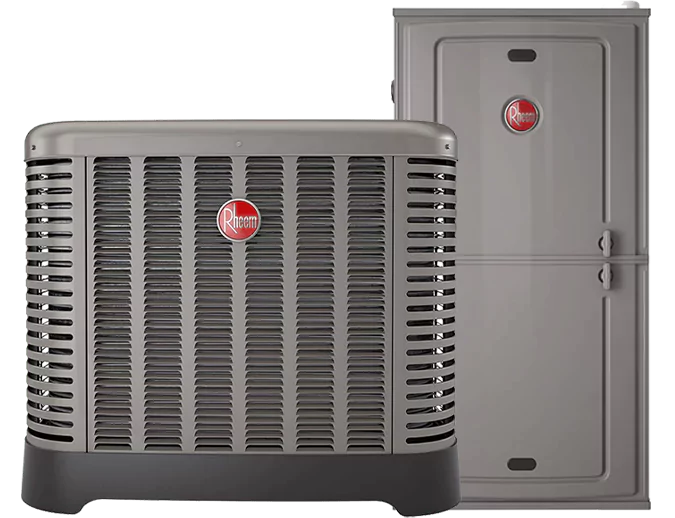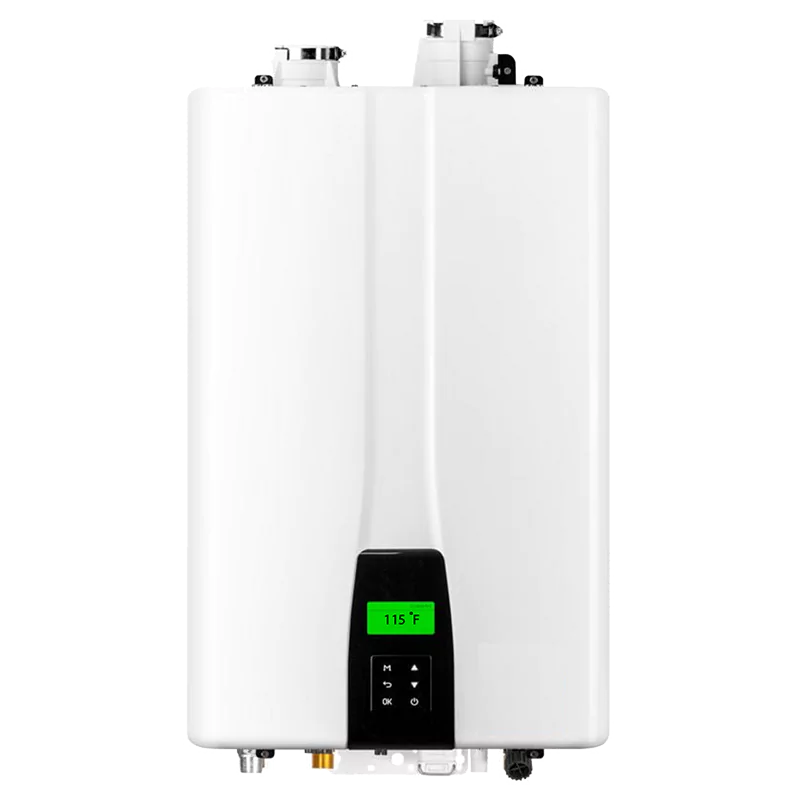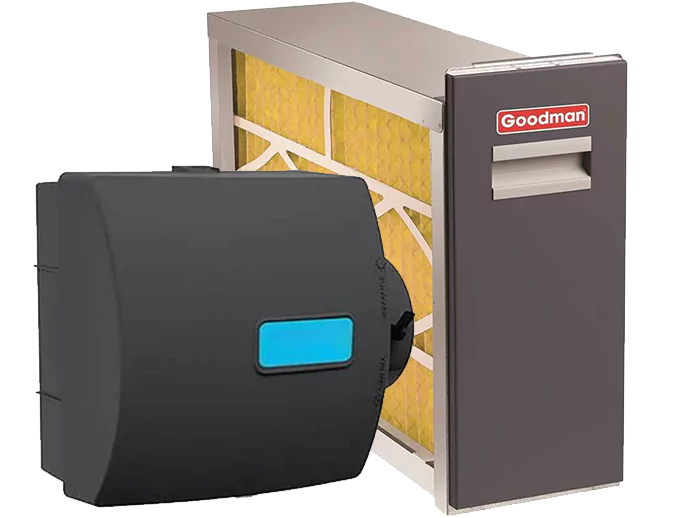Know the fastest way to go from “peaceful snowy winter morning” to “what in the bleeping bleep bleep is happening”? Discover a burst pipe. You have to:
- Find the pipe.
- Try to remember where the heck the water shut-off valve is.
- Clean up the mess.
- Figure out how to fix the problem.
- Explain to your kids why their long-anticipated family sledding adventure has to be postponed.
It can take so much time, energy, and money to repair a frozen or burst pipe. So here’s the best thing to do: Avoid it in the first place.
What causes burst pipes?
Pipes typically freeze when the temperature around the pipe is below 20 degrees. When water gets that cold, it freezes and expands, which increases the pressure in your pipes, causing them to burst. This means unheated spaces are more vulnerable—think basements, attics, and garages. But even pipes under your cabinets can freeze and burst, especially if they’re on an exterior wall.
There’s good news, though: Your pipes might already be prepared to face the cold temps. It all depends on just how extreme the weather is, the age of your home, the age of your pipes, and any upgrades you’ve made. No matter what your situation, we want to help. Check out these top 8 tips to prevent burst pipes:
#1 Don’t forget your garden hoses
As you’re getting your home ready for winter, take an extra couple of minutes to fully drain and disconnect all exterior hoses. Any leftover water in the hose can freeze and expand, which can cause a burst at the point of connection between your hose and the pipes leading into your home.
#2 Do some DIY insulating
Products like pipe insulation or heat tape can warm your pipes throughout the coldest winter nights. Your local hardware store will carry foam insulation you can easily cut with a utility knife and wrap around your pipes. If you want to go a little more high-tech, heat tape may be your solution. But that stuff can be tricky, so call us first.
#3 Keep your garage doors closed
Keeping your garage doors closed is especially important if you have supply lines in there.
#4 Keep your faucets running
When it’s reaaaaaally cold outside, you should always keep one or two faucets dripping with cold water. The water moving through your pipes will prevent the lines from freezing and bursting. Sure, that’ll raise your water bill a tiny bit. But it’s cheaper than a burst pipe.
#5 Leave your cabinet doors open
Since cold temperatures are the primary cause of burst pipes, you might be tempted to think your indoor, under-the-cabinet lines are safe. But not as much warm air reaches them as you might think! Open your cabinet doors to direct more warm air toward your pipes. And don’t forget to remove any hazardous cleaning supplies from under the sinks. An ER visit is definitely not the holiday activity your family needs.
#6 Look out for leaks
Take a look at your pipes to identify any problem areas. Look for loose connections, leaks, cracks—anything that makes the line vulnerable. This is also the perfect time to seal any leaks that bring cold air into your home. Take a look at your electrical wiring, dryer vents, pipes, and around doors and windows. Even a teeny-tiny opening can let in enough cold air to burst your pipes.
#7 Keep your furnace going
A small rise in your heating costs isn’t as expensive as a burst pipe. Always keep the thermostat set higher than 55 degrees, even when you’re not home. Your pipes will thank you.
#8 Consider your pipes in your vacation planning
If you’re going away for the holidays, shut off the water to your home at the main valve. Without a water supply, your pipes are much less likely to freeze and burst!
Bonus Tip: Call us!
We’re your Calgary plumbing pros. We can help identify, prevent, and fix any potential disasters before they happen.





